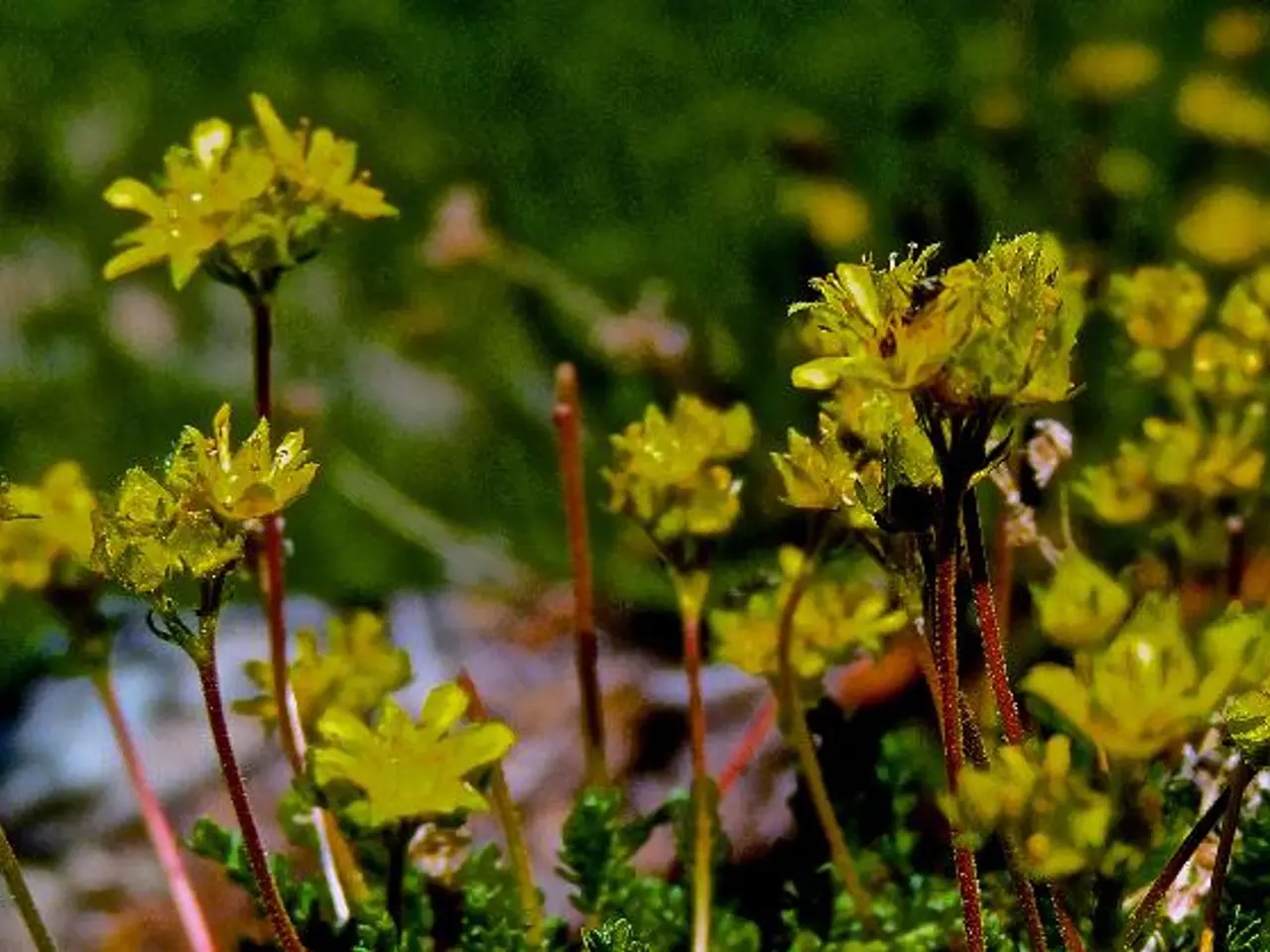Biochemists Uncover Crucial Protein Linking to the Development of Photosynthesis in Terrestrial Flora
Researchers at the University of Toronto have made a significant breakthrough in understanding the evolution of land plants, with the identification of a protein called Shikimate kinase-like 1 (SKL1). This protein, exclusive to land plants and absent from aquatic algae and other organisms, is believed to have emerged around 500 million years ago, marking a pivotal moment in Earth's history — the greening of land.
The study, led by author Michael Kanaris, delves into the role of SKL1 in the formation and maintenance of chloroplasts, the specialized organelles where photosynthesis occurs. The research provides insights into other protein adaptations key to plant terrestrialization, enriching our comprehension of plant evolutionary biology.
One particularly striking aspect of the study involved "rescue" experiments wherein SKL1 from liverworts was introduced into albino mutant Arabidopsis seedlings deficient in their own SKL1, restoring the green pigmentation and chloroplast development in Arabidopsis.
Disrupting the SKL1 gene in liverworts led to stunted growth and pale, albino tissues indicative of defective chloroplast formation. SKL1, it appears, plays an indispensable role in the formation and maintenance of chloroplasts.
The evolutionary novelty of SKL1 appears to hinge on its divergence from the SK enzyme, which catalyzes a metabolic step in the shikimate pathway. The conservation of SKL1's functional role across a temporal expanse reveals remarkable evolutionary stability in chloroplast biogenesis mechanisms.
Beyond its fundamental biological significance, SKL1 now represents a promising frontier in plant science with potential applications spanning agriculture, ecology, and biotechnology. Enhancing our molecular understanding of chloroplast biogenesis via SKL1 opens exciting possibilities for crop improvement, as photosynthetic efficiency is a limiting factor for crop productivity worldwide.
Moreover, the identification of SKL1 offers a more selective molecular target for herbicides, as it is unique to land plants. This could potentially lead to more effective and environmentally friendly herbicides.
The multifaceted approach of the study provides clarity regarding SKL1's specific molecular contributions and cements its importance in chloroplast development. Researchers used state-of-the-art genome sequencing and CRISPR-Cas9 gene editing to investigate the role of SKL1 across diverse plant lineages. The study illustrates how modern molecular tools such as CRISPR enable detailed exploration of protein functions across diverse, evolutionarily informative species.
In conclusion, the discovery of SKL1 offers a significant step forward in understanding the evolution of land plants and opens up exciting possibilities for future research in plant science, agriculture, and biotechnology.
Read also:
- Nightly sweat episodes linked to GERD: Crucial insights explained
- Antitussives: List of Examples, Functions, Adverse Reactions, and Additional Details
- Asthma Diagnosis: Exploring FeNO Tests and Related Treatments
- Unfortunate Financial Disarray for a Family from California After an Expensive Emergency Room Visit with Their Burned Infant








